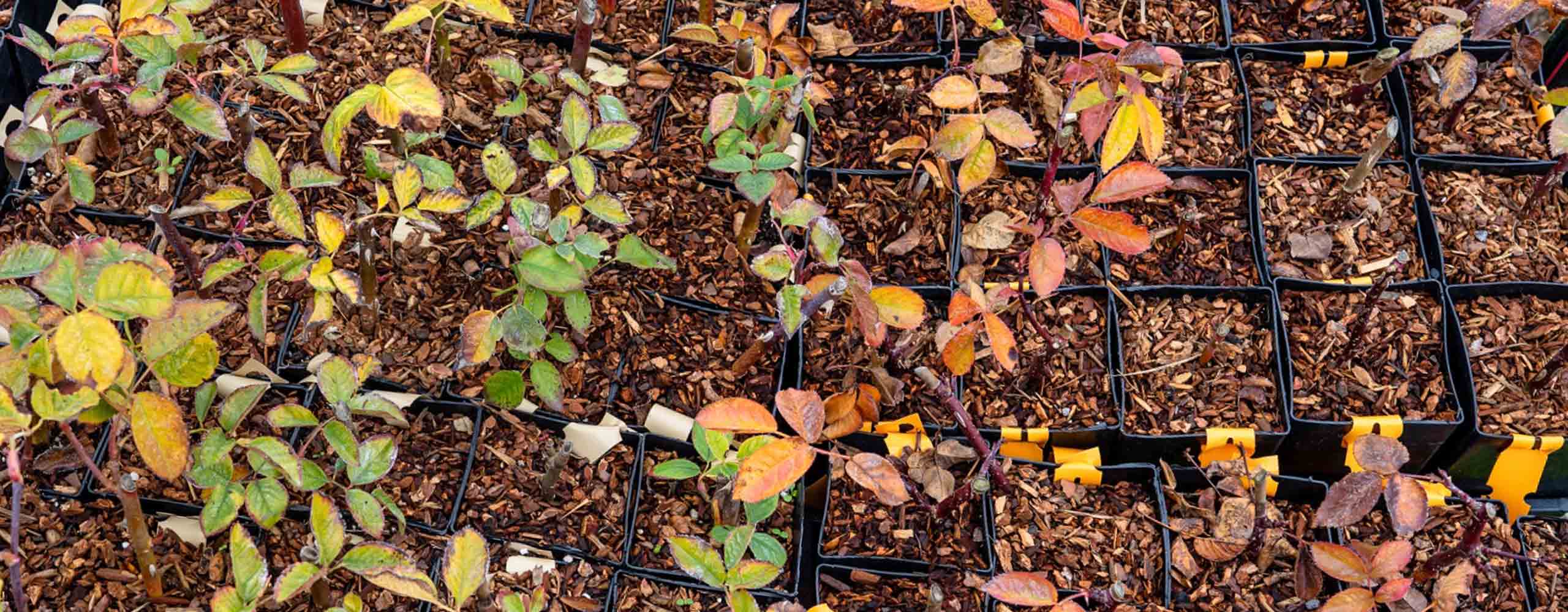Figs (Ficus carica)
Figs (Ficus carica)
Our wide selection of Fig trees, can give you a long season of feasting on these delicious gourmet fruits.
Packed with great rich sweet flavor, figs can be eaten fresh, dried, canned or used in cooking. They are tropical-looking lush spreading trees with large dark green foliage and grow 10-25 ft tall depending on variety. Can also be kept smaller with pruning. Figs are pest free, drought tolerant, easy to grow and are generally hardy from 10-15 degrees. Farther North they can be grown on the south side of houses and fences, and do well in containers. Figs are unique in that they bear twice a year, once in early summer (called the Breba crop) generally a lighter crop and the main crop in fall. Some varieties need a lot of heat, while others can do well in cooler coastal climates. Self- fertile. Hardy to Zone 7-11. They need only 100 chill hours.
Figs (Ficus carica)
Figs (Ficus carica)
Our wide selection of Fig trees, can give you a long season of feasting on these delicious gourmet fruits.
Packed with great rich sweet flavor, figs can be eaten fresh, dried, canned or used in cooking. They are tropical-looking lush spreading trees with large dark green foliage and grow 10-25 ft tall depending on variety. Can also be kept smaller with pruning. Figs are pest free, drought tolerant, easy to grow and are generally hardy from 10-15 degrees. Farther North they can be grown on the south side of houses and fences, and do well in containers. Figs are unique in that they bear twice a year, once in early summer (called the Breba crop) generally a lighter crop and the main crop in fall. Some varieties need a lot of heat, while others can do well in cooler coastal climates. Self- fertile. Hardy to Zone 7-11. They need only 100 chill hours.



